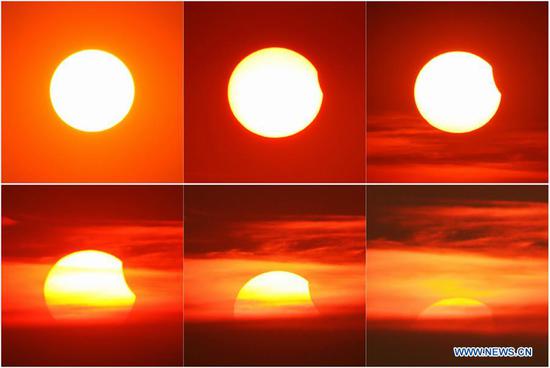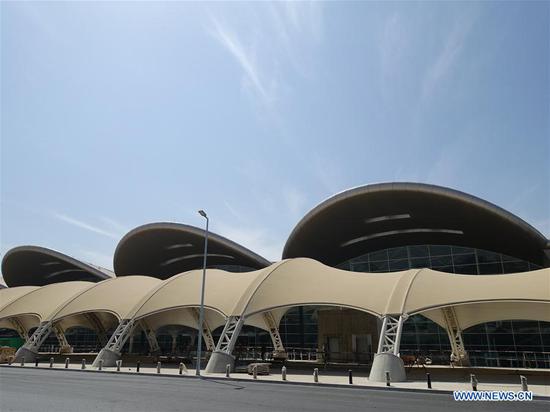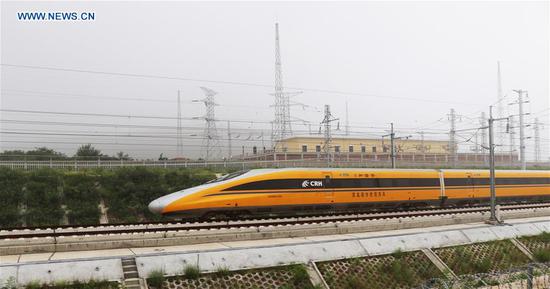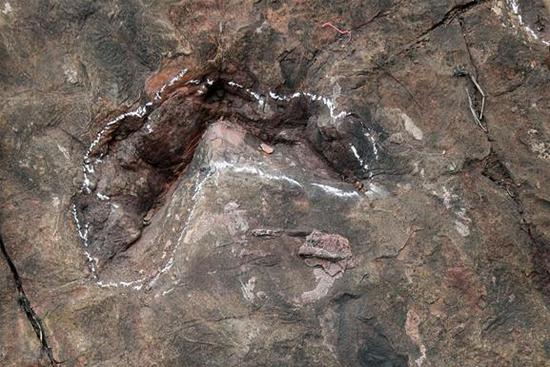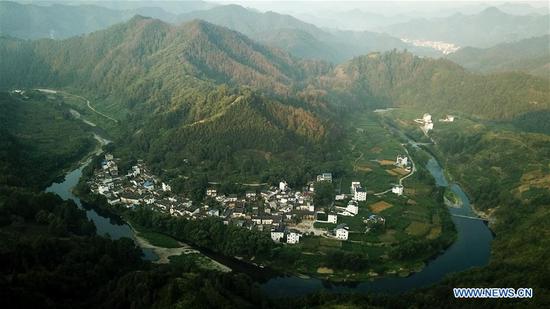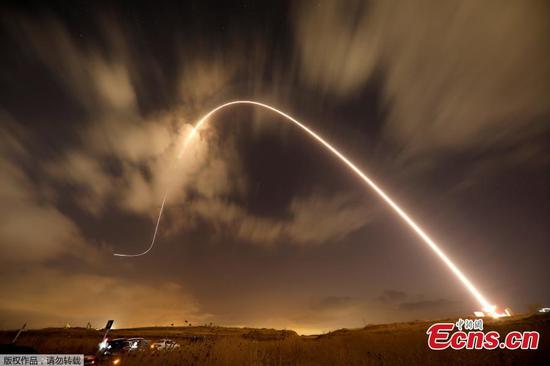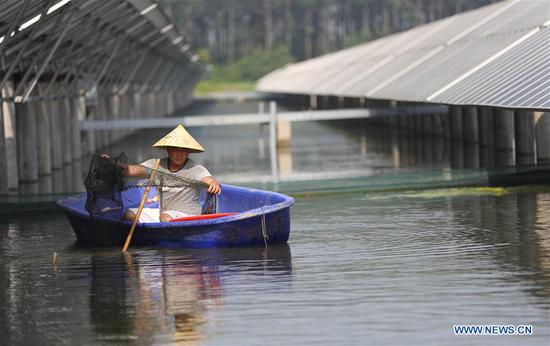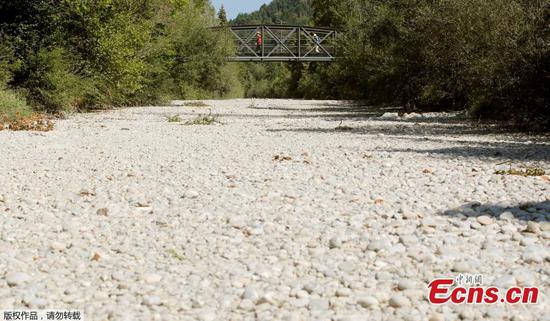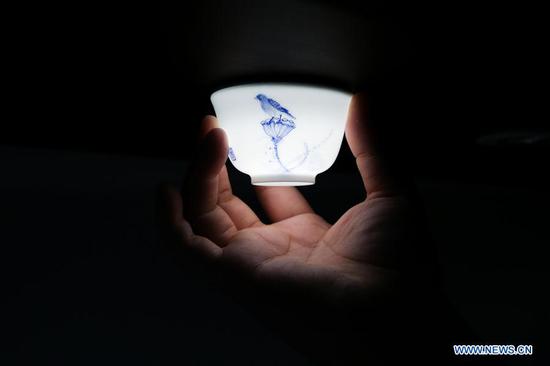Most of the known low-mass extrasolar planets are rocky planets, just like Earth, according to a new measurement model jointly developed by Chinese and Swiss scientists.
The model, a result of cooperation between Jin Sheng from Purple Mountain Observatory, Chinese Academy of Sciences, and Christoph Mordasini from University of Bern, Switzerland, can narrow the possibility of the bulk composition of those small and distant exoplanets.
Astronomers have detected nearly 4,000 exoplanets, including some Earth-size planets, thanks to the advancement of observation techniques in recent years.
However, scientists cannot derive the spectrum of these exoplanets due to their small masses and sizes, making it hard to analyze their composition.
Are Earth-like habitable planets prevalent in the universe? Are planets able to maintain a large amount of water when migrating to a habitable orbit? Can low-mass exoplanets develop an atmosphere suitable for life? Answers to such questions rely on further analysis of the physical properties of these exoplanets, especially their composition.
A planet's bulk composition is usually figured out from its mean density, which is derived from its mass and radius. But this could lead to mistakes, as a planet with a silicate-iron core and a gas envelope may have the same mass-radius relation as a planet containing ice but no gas envelope.
Jin Sheng and Christoph Mordasini have simulated the formation and evolution of more than 100,000 planets in 10 billion years, with the outcome similar to the real detected planets in statistical distribution. It verifies the accuracy of the formation and evolution theory they have used in the model.
By simulating the accretion and growth of the planets, the researchers can exclude composition combinations that are against the rules of the model. For example, they can determine whether a planet has a gas envelope or not by calculating the atmospheric dissipation speed according to the radiation of its host star.
They also find out that most of the exoplanets discovered by the Kepler Space Telescope contain no water in their cores.
According to mainstream scientific opinion, it is possible that extraterrestrial life exists, as the Earth is not unique in the universe. Our galaxy has hundreds of billions of stars, many with solar-like planetary systems, and there are hundreds of billions of galaxies in the universe. So it's reasonable to infer that Earth-like planets might be common, and the universe could teem with life.
One of the common method of searching for extraterrestrial life is to search first for planets similar to Earth.









